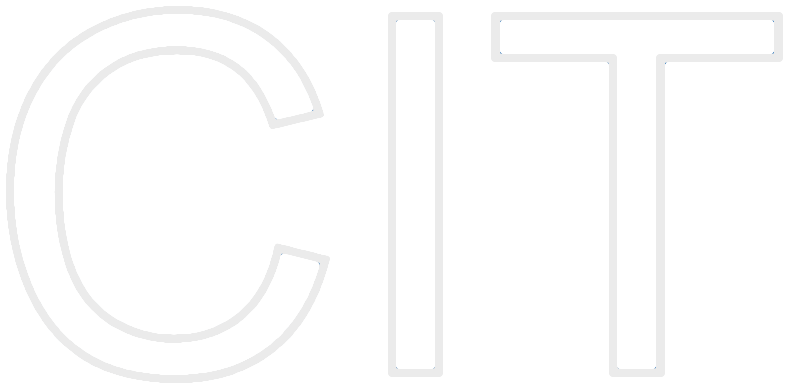Chapter 2: Modeling with UML
 |
|
Abstract
Notations enable us to articulate complex ideas succinctly and precisely. In projects involving many participants, often of different technical and cultural backgrounds, accuracy and clarity are critical as the cost of miscommunication increases rapidly.
For a notation to enable accurate communication, it must come with a well-defined semantics, it must be well suited for representing a given aspect of a system, and it must be well understood among project participants. In the latter lies the strength of standards and conventions: when a notation is used by a large number of participants, there is little room for misinterpretation and ambiguity. Conversely, when many dialects of a notation exists, or when a very specialized notation is used, the notation users are prone to misunderstandings as each user imposes its own interpretation. We selected UML (Unified Modeling Language, [OMG, 2001]) as a primary notation for this book because it provides a spectrum of notations for representing different aspects of a system and has been accepted as a standard notation in the industry.
In this chapter, we first describe the concepts of modeling in general and object-oriented modeling in particular. We then describe five fundamental notations of UML that we use throughout the book: use case diagrams, class diagrams, interaction diagrams, statechart diagrams, and activity diagrams. For each of these notations, we describe its basic semantics and provide examples. We revisit these notations in detail in later chapters as we describe the activities that use them. Specialized notations that we use in only one chapter are introduced later, such as UML component and deployment diagrams in Chapter 6, System Design: Decomposing the System, and PERT charts in Chapter 14, Project Management.

